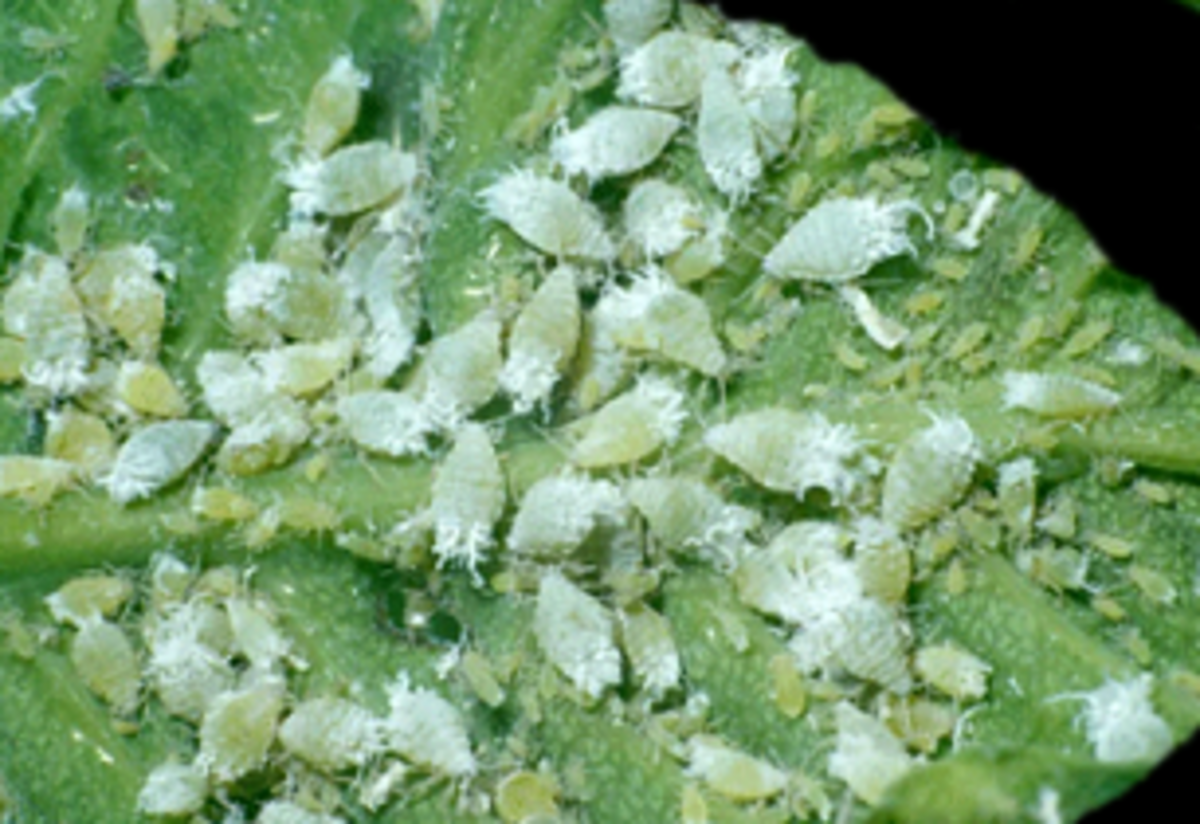Borers are a common pest that can cause significant damage to avocado trees if left uncontrolled.
Through the National Service of Agrifood Health, Safety and Quality (SENASICA), the Mexican federal government constantly monitors avocado growing and exporting regions to ensure that borers are not damaging avocado crops intended for the US market.
In 2023, SENASICA reaffirmed that 12 municipalities in the state of Jalisco are free of these pests. The state currently has 15 municipalities (including 25 packinghouses) designated as borer-free zones, a recognition that must be renewed every two years.
Avocados are a delicious and nutritious fruit that many gardeners love to grow. However avocado plants are susceptible to various pests that can damage the trees and reduce fruit yields. Being aware of potential pests and utilizing integrated pest management techniques is key to maintaining healthy avocado trees. In this article, we’ll explore some of the most common avocado pests and effective prevention and control methods.
Common Avocado Plant Pests
Some of the most problematic pests for avocado trees include
-
Spider Mites – Tiny pests that suck nutrients from leaves, causing stippling, discoloration, and leaf drop. Webbing may be visible on infested leaves.
-
Aphids – Soft-bodied insects that feed on new growth and transmit plant diseases. They secrete honeydew which attracts ants and leads to sooty mold growth.
-
Thrips – Tiny flying insects that feed on flowers and leaves. They cause bronzed, curled leaves and damaged fruit
-
Scale Insects – Immobile pests that attach to branches and leaves to feed on plant sap. They secrete honeydew and weaken the plant.
-
Fruit Flies – Small flies that lay eggs in ripening fruit, with the larvae feeding inside and causing rotting.
Prevention Methods
Preventing pests from ever gaining a foothold is the first line of defense:
-
Select pest-resistant varieties when planting. Hass and Lamb Hass are good choices.
-
Remove weeds, dead leaves, and debris that provide pest habitat.
-
Use drip irrigation and avoid wetting foliage to deter pests.
-
Apply a 4-6 inch layer of mulch to suppress weeds and retain moisture.
-
Hang traps coated with sticky substances to catch adult insects.
-
Encourage natural predators like ladybugs, lacewings, and birds.
-
Apply neem oil or insecticidal soap before pests arrive to deter them.
Control Methods
If pests do appear, act swiftly using these organic and low-impact methods:
-
Insecticidal soaps – Use a diluted soap spray to kill soft-bodied insects like aphids. Avoid pollinators and apply when pests are present.
-
Neem oil – Derived from the neem tree, this oil smothers and kills pests. It is safe for pets, plants, and pollinators.
-
Horticultural oils – These oils coat and smother scale insects, mites, and eggs when applied directly. They also deter feeding.
-
Rubbing alcohol – An effective treatment for scale, mealybugs, and mites when applied directly using a cotton swab. Avoid damaging tender tissues.
-
Beneficial insects – Release ladybugs, lacewings, parasitic wasps, and other beneficial predators to naturally control pests.
-
Beneficial nematodes – These microscopic worms kill soil-dwelling pests like root weevils when watered into the soil.
-
Traps – Sticky traps and pheromone traps lure and capture damaging pests like fruit flies and beetles.
-
Barriers – Wrapping tree trunks with tape or paint prevents climbing pests like ants from accessing branches and leaves.
Left uncontrolled, avocado pests can quickly diminish the health and productivity of avocado trees. Following organic, integrated pest management practices is key to preventing infestations and protecting your harvest. Monitor trees routinely, act at the first sign of pests, and use selective, eco-friendly control methods. With diligent care, your avocado trees can remain lush, productive, and pest-free for years to come.

How borers affect avocado crops
Several types of borers can affect avocado crops. The most relevant from an economic perspective are:
- Avocado branch borer (Copturus aguacatae): Damages young branches by drilling holes and weakening the tree structure.
- Avocado stem borer (Heilipus lauri): Damages the tree trunk, creating galleries that rapidly weaken its structure.
- Avocado pit borer (Stenoma catenifer): Feeds on the fruit by drilling holes in the pit that damage its quality.
- Avocado seed borer (Conotrachelus perseae): Feeds on avocado seeds, creating galleries and damaging the fruit.
Borers are quarantine pests in the United States and are subject to strict phytosanitary protocols to prevent their entry. That’s why countries that supply avocados to the US market must ensure that their exporting regions are free of these pests.
How to deal with avocado borers
Borers are the biggest phytosanitary problem for avocado growers. Not only can they cause significant damage to the fruit, but their presence also affects its marketability in the United States.
Here are three practical techniques to prevent and control borers in avocado trees:
Avocado Tree Diseases and Pests | Management
FAQ
How do I protect my avocado plant?
What should I spray my avocado tree with?
How do I protect my avocado from rodents?
What is a natural insecticide for avocado trees?
